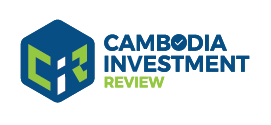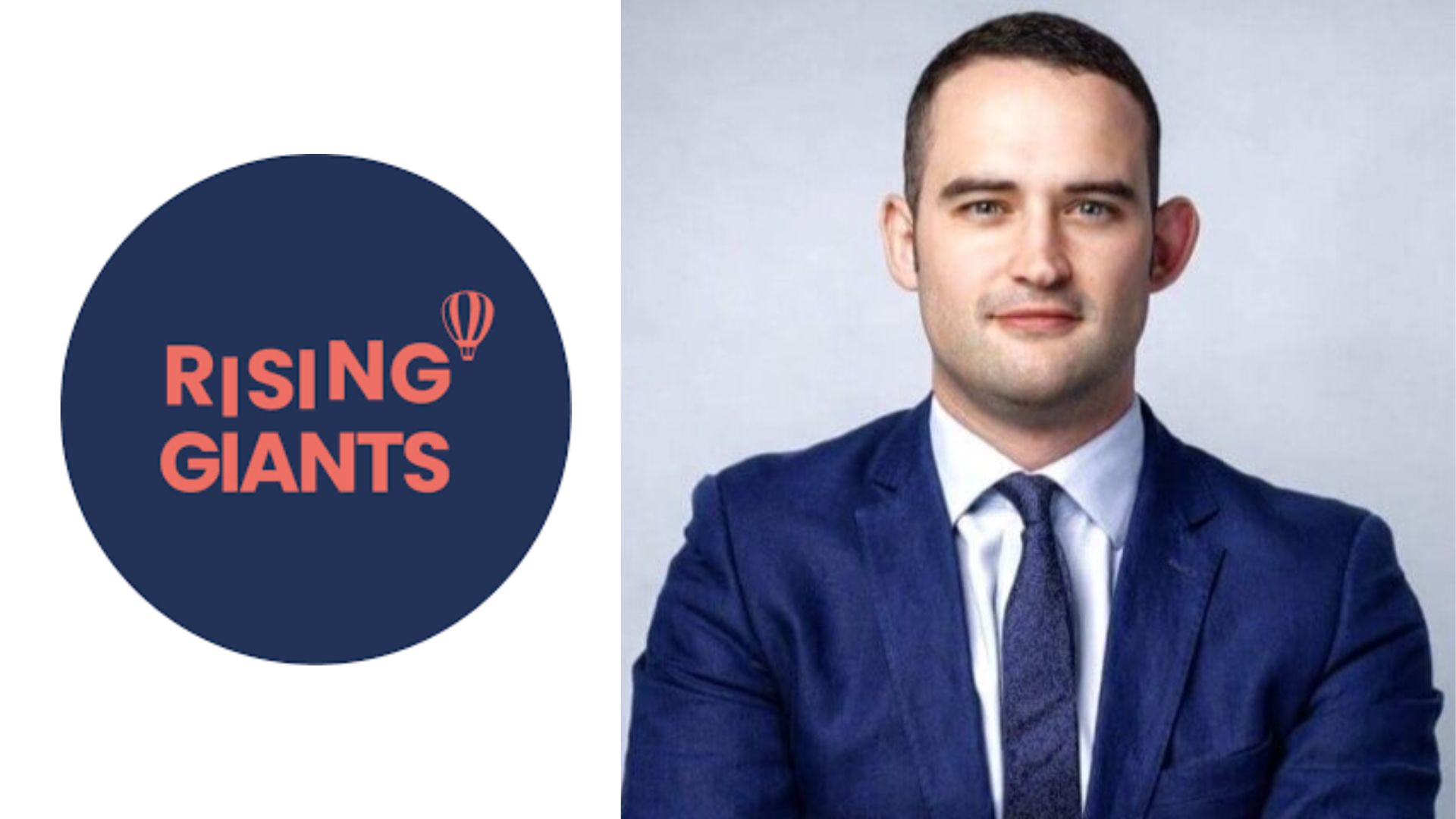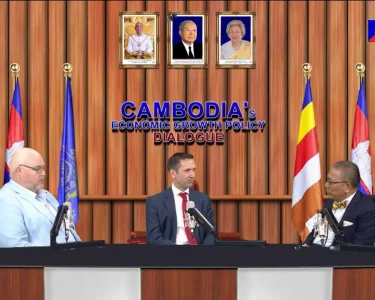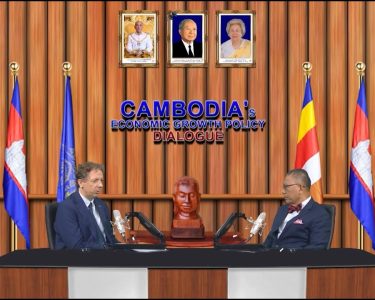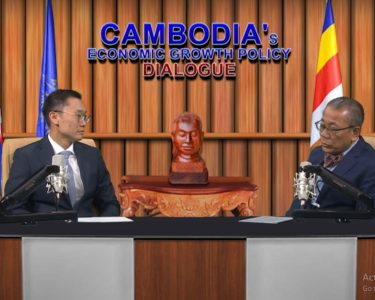Cambodia Investment Review
On episode 126 of the Rising Giants Podcast, Lawrence Lennon, outgoing Managing Director of CBRE Cambodia, shared his insights on the dynamics of Cambodia and the regions commercial real estate market in an ever-changing global context. With over a decade of experience in emerging market real estate across Mongolia, Myanmar, Vietnam, and Cambodia, Lawrence has overseen projects in various asset types including commercial, industrial, hospitality, and residential among others.
Lawrence’s journey into the Asian real estate market began with his move from the Isle of Man to Mongolia in 2014. Reflecting on this, he said, “Studying international relations during my undergraduate days sparked my interest in the “Asian Century”, leading me to Mongolia during a resource boom which was driven by China’s rise and consumption of raw materials. It was an exciting time, marked by significant activity in asset management, property valuation, and advisory roles with major development banks like the World Bank and Asian Development Bank, around the Capital’s development of zoning, planning and urban services, which provided crucial lessons for understanding developing property markets.
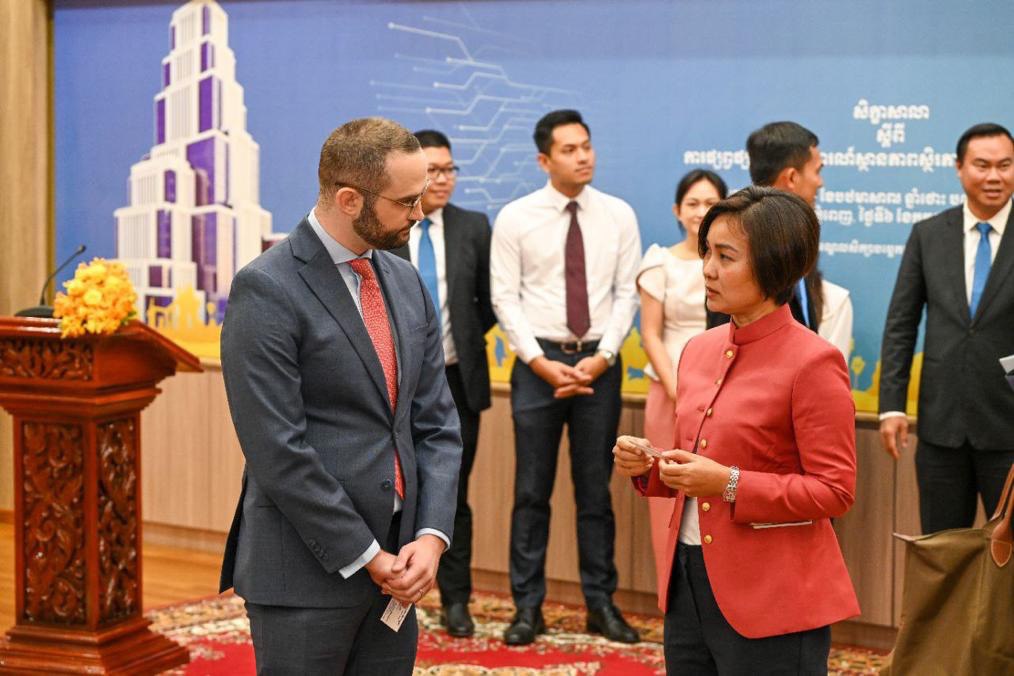
In 2016, Lawrence transitioned to Myanmar, a move he described as technically challenging due to the complex property valuations he undertook driven by the growing need for transparency in a rapidly opening market. Myanmar still holds tremendous potential, despite the current instability,” he added.
In 2019, Lawrence’s career path led him to Cambodia through a feasibility study in Phnom Penh with KPMG Vietnam. “My first experience of Cambodia’s property market came at a crucial time, seen by many as an inflection point. The supply and demand dynamics were shifting, which I found fascinating,” he noted. Just before the pandemic, he launched his own agency, which eventually led to his role at CBRE Cambodia.
Discussing CBRE Cambodia, Lawrence explained, “We are an international real estate service provider covering all aspects of real estate from early-stage land acquisition, research & consulting, valuation, property management, sales, leasing for a range of property types including residential, office, retail, industrial and logistics. Our comprehensive service offerings cater to various aspects of the property market.”
Market Dynamics and Challenges
Reflecting on Cambodia’s property market over the past five years, Lawrence highlighted significant growth and challenges. “From 2010, the commercial and high-rise real estate market began a professional real estate cycle with prominent towers like Canadia Tower and Vattanac Capital Tower. By 2019, Phnom Penh had 500,000 square meters of leasable office space with strong occupancy rates and good returns. However, by 2023, this space had doubled to over 1 million square meters, with this increasing competition came rental reductions compounded by the pandemic, inflation, rising interest rates, and general market contraction.”
Lawrence emphasized the need for market adaptation. “With another 400,000 square meters expected to come online, we must rethink the use of this space. Healthcare and education are two underdeveloped areas that could benefit from this excess space,” he suggested.
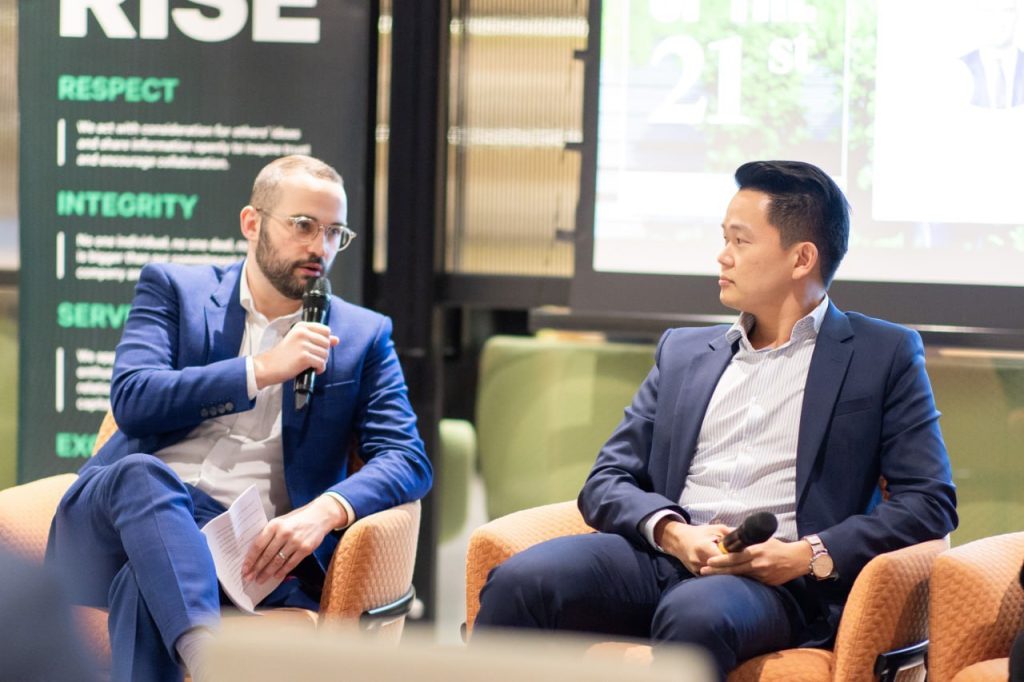
Comparing Cambodia’s market to regional peers, Lawrence pointed out disparities. “Phnom Penh, with around 3 million people, has a total of 1 million square meters of office real estate. In contrast, Saigon, with over 10 million people, has about 1.6 million square meters of Grade A and B office space. This highlights Cambodia’s oversupply situation,” he said. He also noted the membership differences in the American Chamber of Commerce, with Cambodia having 200 members compared to 800 in Vietnam and 600 in Thailand. Though noting, the relatively affordability versus quality of the projects presented a great opportunity, the key will be finding the right industry to utilize this unique situation.
Identifying the main investors in Cambodia’s commercial real estate market, Lawrence mentioned they are primarily locals, followed by Chinese, Japanese, Singaporean, and Korean investors. “These east-Asian investors, coming from mature markets, are attracted by the growth potential of emerging markets. However, the drop in Chinese inbound investment, due to structural issues in their own property market, the pandemic, and geopolitical tensions, has significantly impacted Cambodia.”
Reflecting on Sihanoukville’s market, Lawrence remarked, “The market, primarily driven by Chinese investments, has faced significant challenges. Learning from other regional examples like Da Nang in Vietnam could help. Creating a sustainable economic base, perhaps through public housing schemes or attracting international universities, could turn negatives into positives.”
Urbanization and Future Prospects
Discussing urbanization in Cambodia, Lawrence stated, “Currently, about 25% of Cambodia’s population lives in urban areas, compared to 40% in Vietnam and 50% in Thailand. This is rural to urban migration is largely driven by agricultural productivity gains, increased manufacturing jobs, improved education – this is where focus is needed.”
On the unique aspects of working in Cambodia, Lawrence shared, “Each country represents a different chapter. In Cambodia, I’ve learned valuable lessons in leadership and soft skills. Cambodia has the potential to become a regional breadbasket, developing agri-processing for export and building special relationships with nations facing food security issues.”
Regarding team building, Lawrence emphasized understanding strengths and weaknesses. “While having a diverse team is crucial, as is understanding local cultural norms.”
Lawrence also shared his personal habits and sources of motivation. “Exercise, particularly early morning walks and social sports, keeps me motivated. My stepdad has been a significant mentor, offering objective insights. I also reach out to people at different stages in their careers to better learn and develop.”
